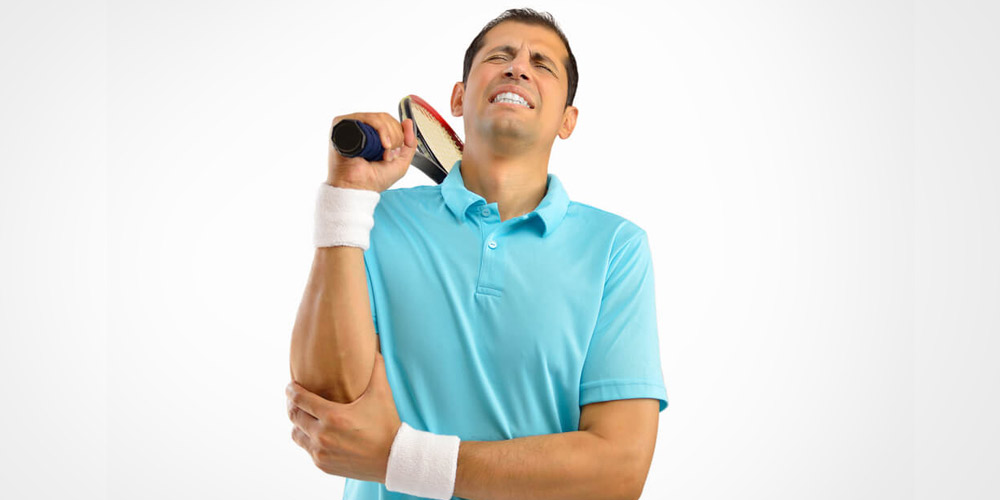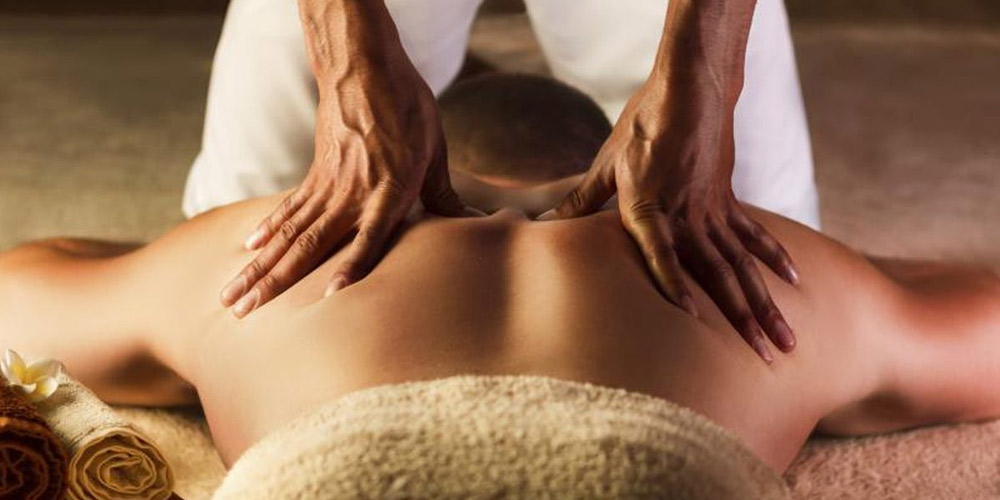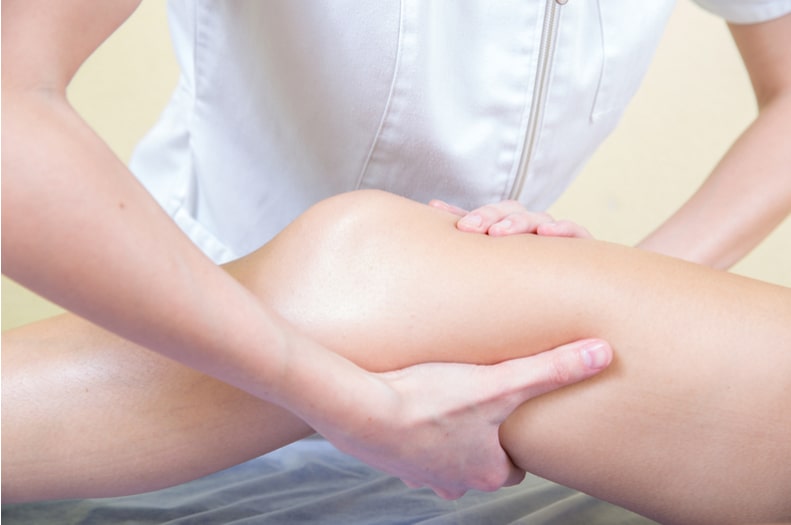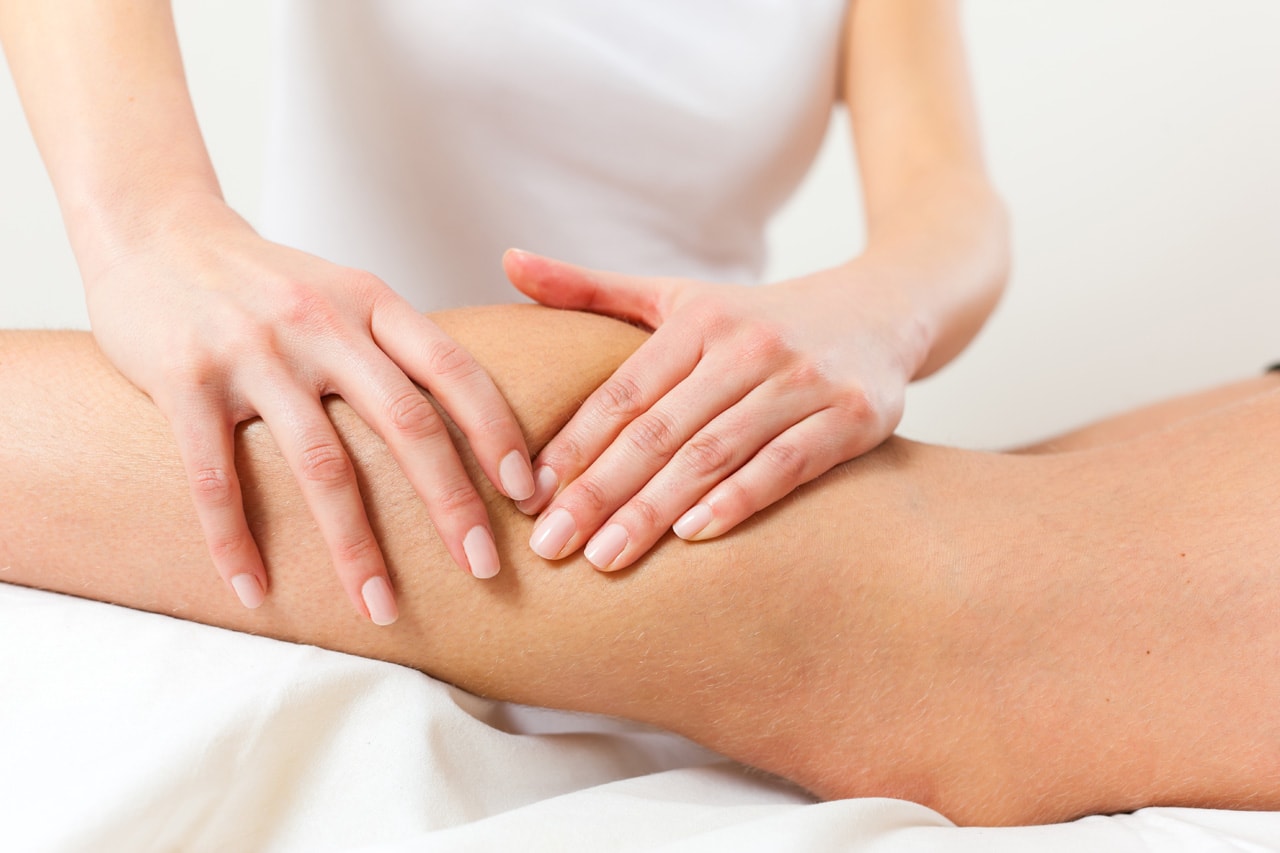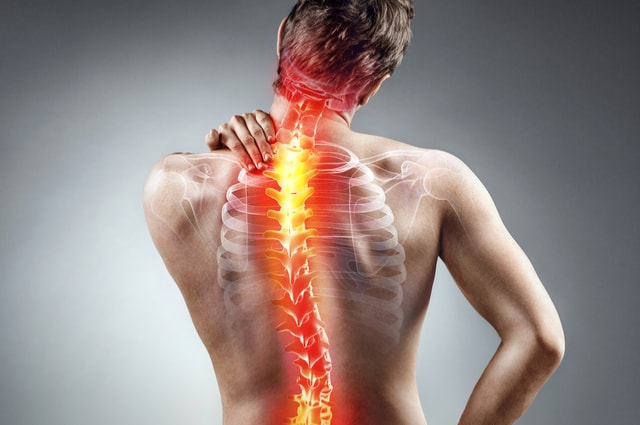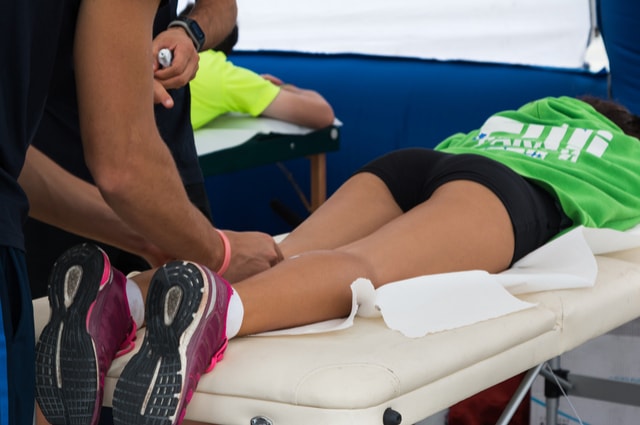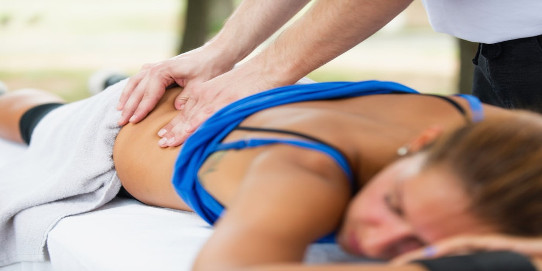Tennis Elbow Treatment
Tennis Elbow Symptoms and Treatment
What is tennis elbow?
Tennis elbow is usually the result of every day activity, and you don’t have to play tennis to suffer from it. Tennis elbow or in medical terminology, Lateral Epicondylitis, is a tendinopathy, which means it affects the tendons of your forearm that extend your wrist and fingers. The cause of tennis elbow isn’t exactly known. Most experts believe it is due to small tears that develop in the wrist extensors tendons that can be caused from repetitive movements and overuse. A sudden movement or poor technique in a sport can also cause it, most commonly in racket sports
Tennis Elbow Facts
- 1-3 people get tennis elbow in every 100 people
- More common in ages 40-50
- Most common in your dominant arm
- It can last between 6 months to 2 years, depending on the severity and if left untreated
- If you have had it once you are more likely to get it again later on in life.
Tennis Elbow Symptoms
- Pain and tenderness on the outside of the elbow and down the muscles in the forearm
- Pain worse when gripping objects or shaking someone’s hand
- Pain when lifting objects or extending your wrist
- Weak grip
- Stiff & swollen elbow
How can Physiotherapy help tennis elbow?
Physiotherapy can help you in multiple ways to overcome this elbow pain that is interfering with your work or sport. Physiotherapists can help ease your mind by giving you the proper diagnosis and giving you some education on the pathology and advice on how you can get better.
Tennis Elbow PHYSIO Treatments
- Soft/Deep tissue release to the wrist extensors
- Acupuncture to these structures
- Home exercise program focused on stretching and strengthening
- Ultrasound therapy
- Taping techniques for pain relief
Tennis Elbow Self-Help Advice
- Rest, but not fully as you do not want your elbow to stiffen
- Avoid repetitive movements that cause pain
- If it is not possible to avoid a movement, take regular breaks
- Avoid gripping and lifting objects
- If not possible, lift with palm facing up
- If not possible, lift with palm facing up
- Hot and cold packs
- Hot for stiffness
- Cold for inflammation and pain
- Hot for stiffness
- Give yourself a massage in the painful area
- Keep moving
- Take painkillers if necessary
- Stretching and strengthening exercises for your wrist extensors

